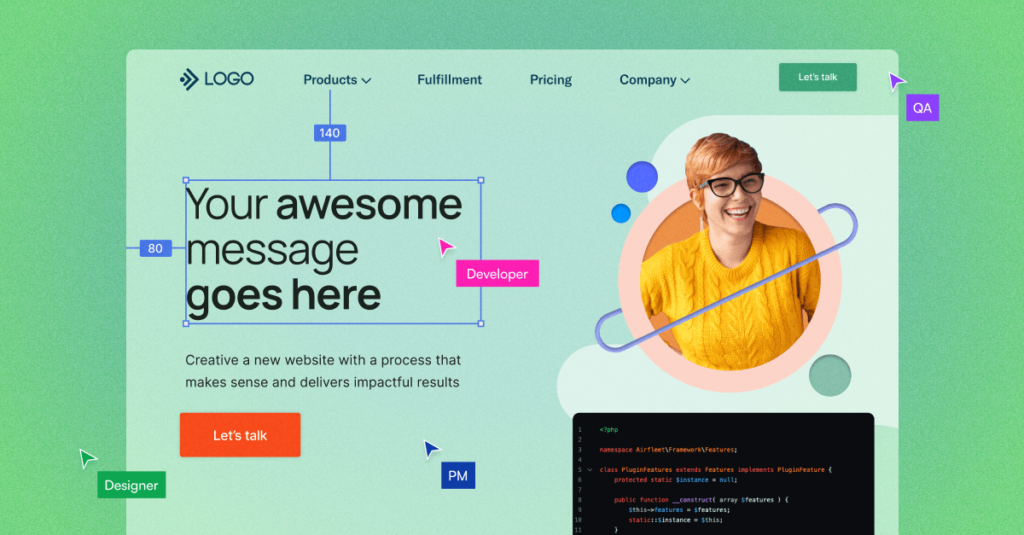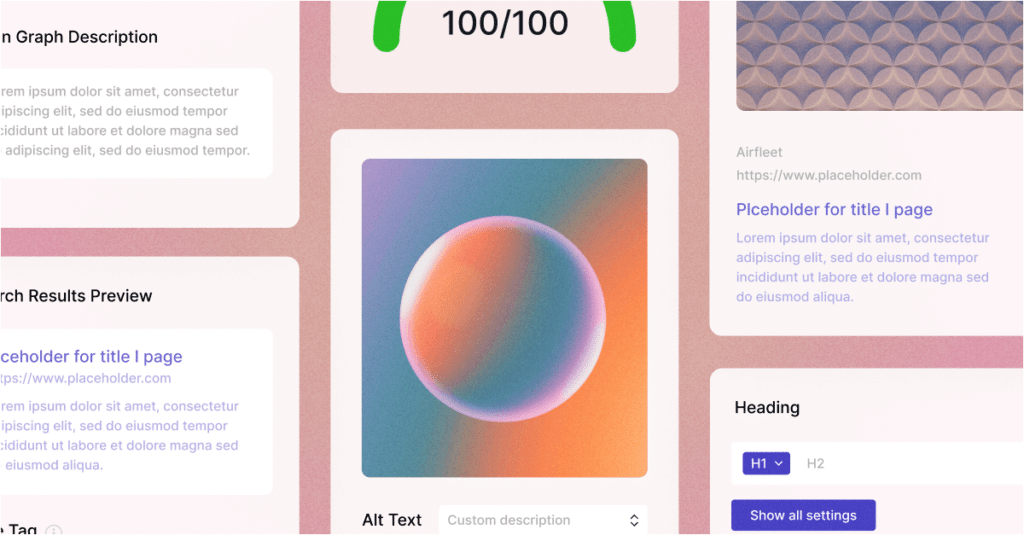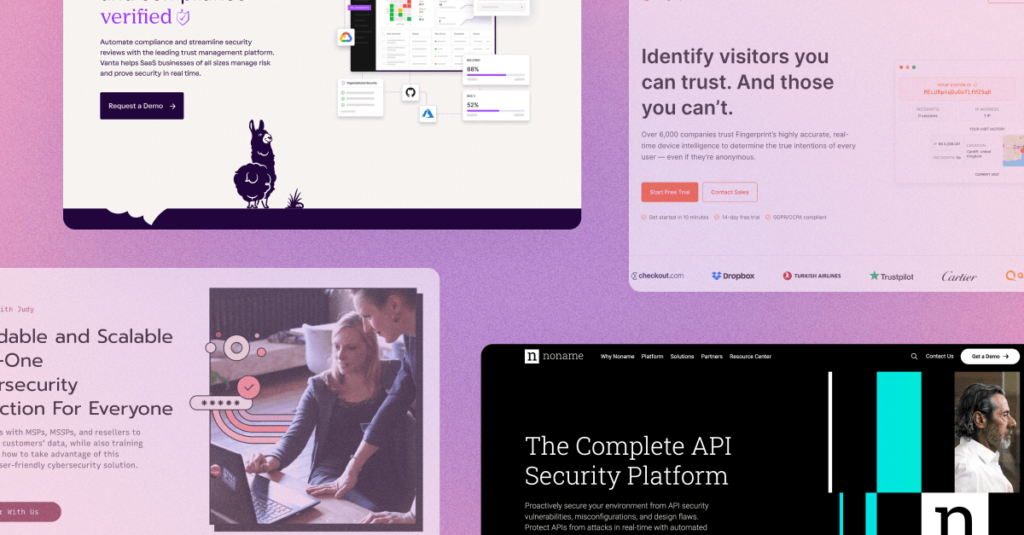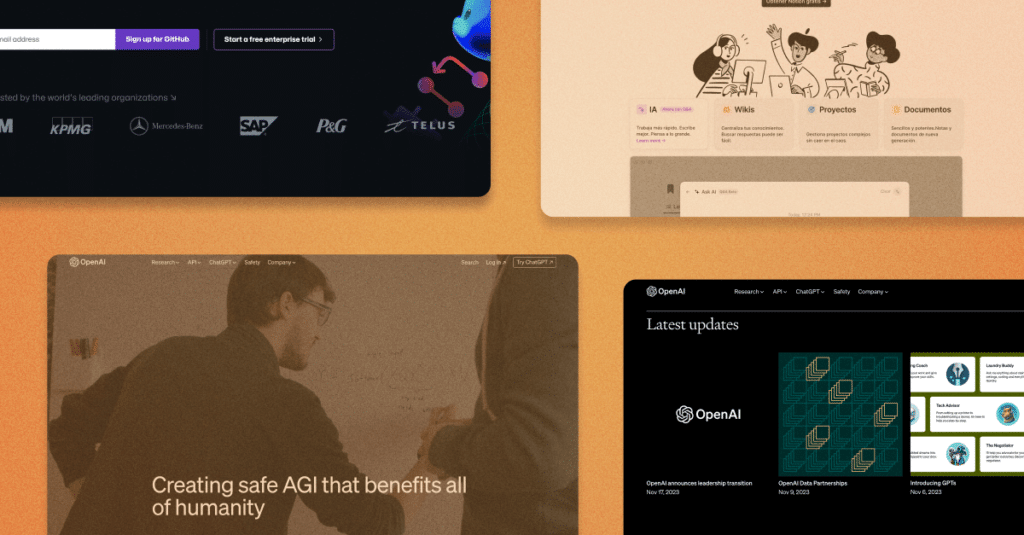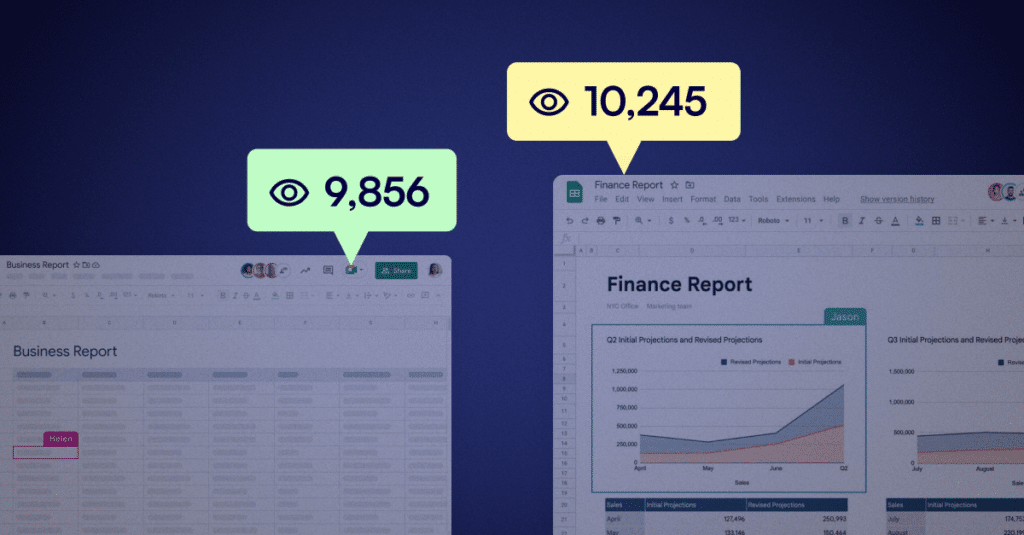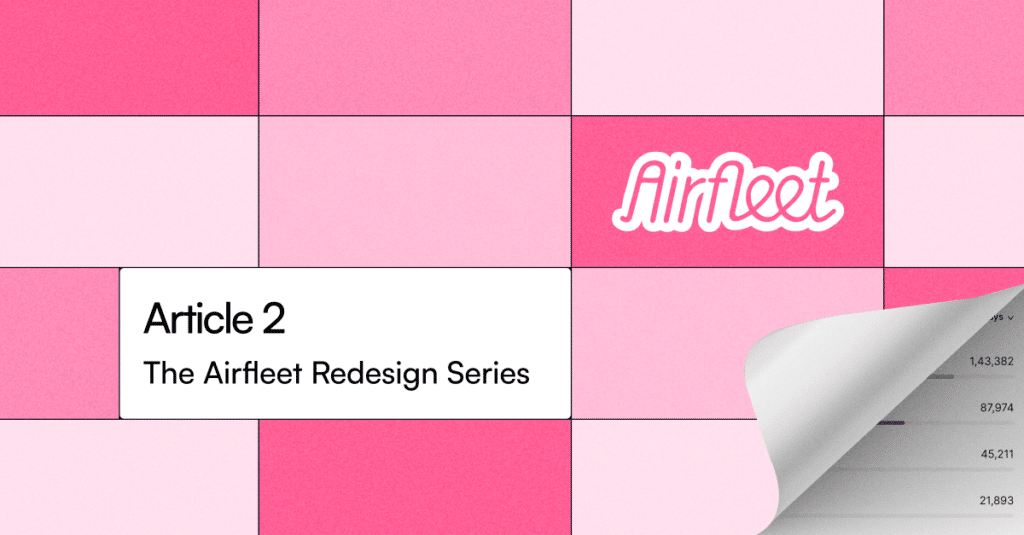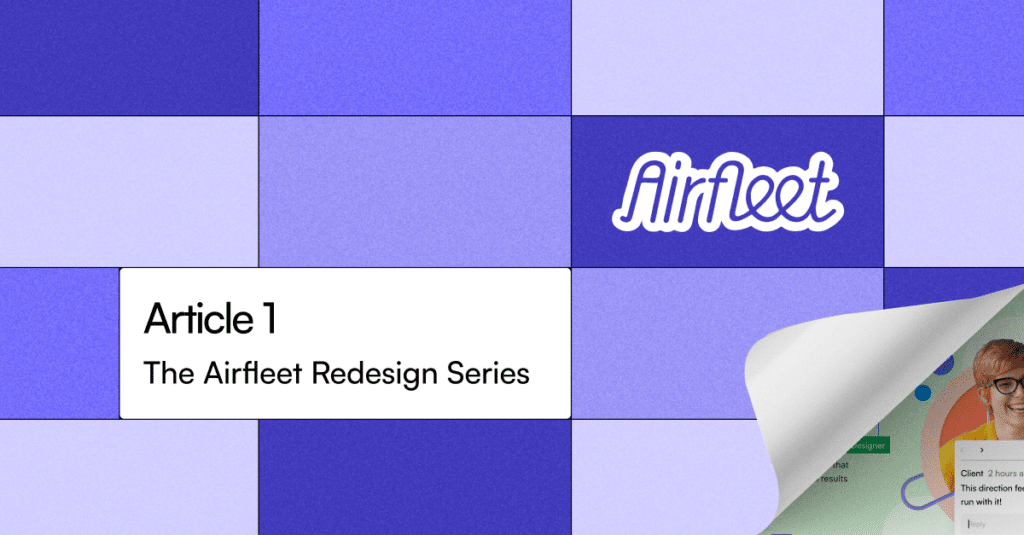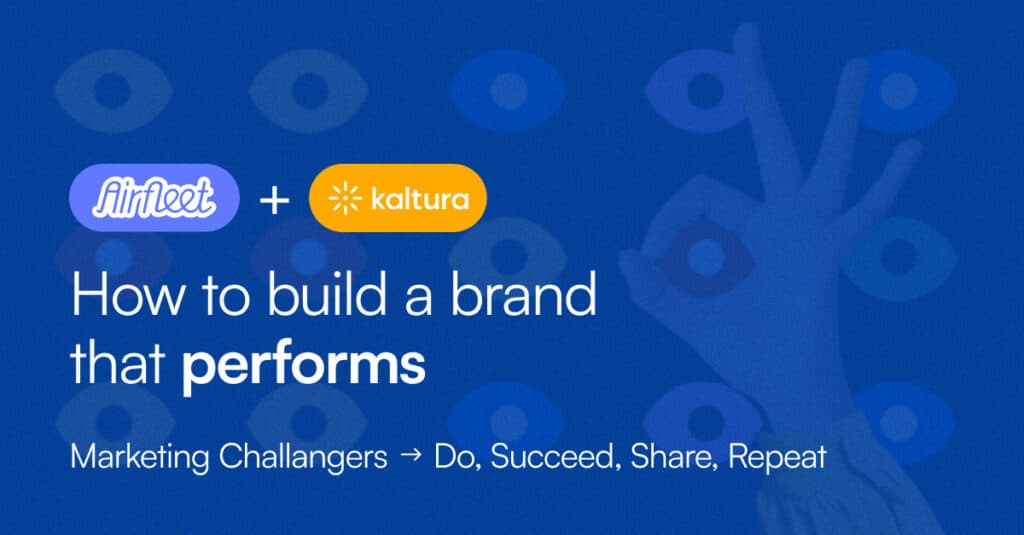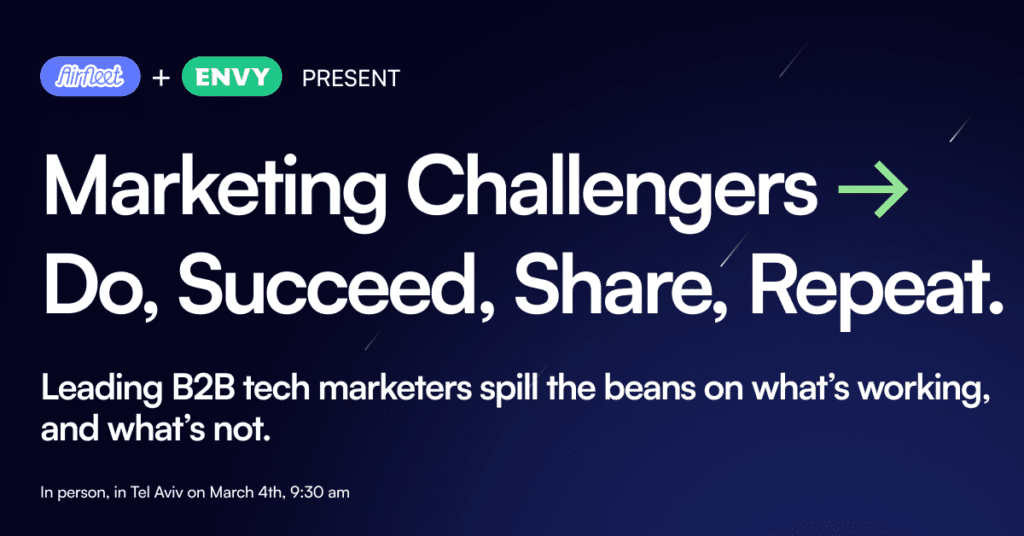How Does Website Agency Pricing Work?

In-house marketers know better than just about anyone else in the company how cagey B2B can be about publicly airing prices.
The fears have always been the same. “We don’t want to be unfairly undercut by competitors…” “Customers with different demands pay different prices..” “The sales team has a harder time arguing for a higher margin even if the price jump is justified…”
We get it. And yet…
According to the Nielsen Norman Group, a major usability research firm, they watch website visitors bounce repeatedly because of a lack of price – and those visitors are going to your competitor’s website.
That’s why we follow our own advice and give you a look behind the scenes at the different factors that determine the cost of services. (For a detailed look at Airfleet’s pricing, check out our pricing page!)
How does website agency pricing work?
Pricing depends on the scope of the project, the reputation of the agency, and the skill level of the people employed at the agency. However, there are three pricing models agencies rely on:
- Pay for the time worked. You are billed according to the exact number of hours the requested work consumes. This differs from a retainer because there is no expectation of a minimum number of hours requested from the client and there is no guarantee that the resources will be available immediately upon request.
- Pay for the value. Requirements gathering before an agreement is signed determines the scope of work (what is included in the services and what is not included) and the set price. Pricing is determined by the deliverables and historical resource costs based on prior like-projects.
- Pay a retainer. Usually, you pay to secure a set number of work hours from the agency per month, and the agency agrees to prioritize your requests. We bill according to the type and scope of work involved in monthly maintenance. Either way, retainers work well for long-term, repetitive work, like website optimization, analyst services, and ongoing SEO optimization.

As much as people hate to hear that a price “depends” on the scenario, the right model—or combination of models—depends on the client’s needs. We’ll review when these pricing models work best and their pros and cons.
Pay for the hours worked.
People often believe buying someone’s time is the “fair” option. It’s the most straightforward transition for a freelancer from a 9-5 corporate job. We’re used to having a set price per year, month, week, or hour.
Freelancers, such as directly contracted copywriters or social media specialists, have an easy time calculating their price per hour. They will factor in how much they should get for a year of work plus coverage for taxes, pension, and other administrative costs for their solo-preneur business. Their price is often also heavily influenced by market rates, specialization (or ability to be a generalist), and reputation.
Freelancers also forget to consider how their price per hour should change as they improve at their jobs. So often, they are punished for efficiency by producing more at the same price per hour.
Agencies should do the same math, but it gets complicated. An agency pays salaries regardless of the time worked; there’s more management overhead, a lot more expenses to account for, higher marketing costs, sales commissions, SaaS to run the business, the time it takes to onboard a new person, potential collection issues, and plenty of additional variables.
But at the end of the day – the calculation for a freelancer is the same as an agency:

Unlike freelancers, most agencies have a growth goal. To achieve this, you should acquire new customers and expand the services of existing customers, which usually means hiring more people. Hiring people adds administrative expenses and management overhead, which reduces manager capacity and overall productivity.
In other words, productivity is not linear. As businesses grow, they become less agile and efficient, requiring more operational expense investment.
The number of projects or revenue per headcount changes, so the math must change.
The complicated math doesn’t consider the work and expense that must go into training, sharing best practices, creating processes, and developing intellectual property necessary to consistently deliver stellar outputs, which, of course, (you guessed it!) costs more money.
Billing by the hour can also hurt the customer. For example, let’s use a request for a logo design. Paid by the hour, it makes sense to prolong the process—make it more complicated rather than just nailing a fantastic logo the first time. Some creatives have great instincts that diminish if allowed too much time to overwork the concept. If they are disciplined and finalize a good concept quickly, this makes the client happier but also makes that brilliant designer less money for a highly valuable asset.
Pay for the value.
Picture it:
You’re at an enterprise company that’s fully established and desperately needs a better, more modern logo. This logo will be everywhere! Internal assets, pitch decks, digital advertising, your websites, billboards – you name it.
A recognizable logo (think Nike) literally generates more value. Sometimes your team will go back and forth with a designer for weeks. Sometimes, they nail it on the first try. Either way, it must be exactly the right fit for your company. Hence, you should pay more, regardless of the time it’ll take.

Now, imagine that the same company needs a graphic for a LinkedIn ad. It will only be used for a single campaign. You would naturally expect to pay much less for it, even if it took longer than the logo we perfectly produced on the first attempt.
Value-based pricing should be the “fair” option for both sides, but it’s tough for both sides to get right. To properly understand the project, your team must work on precisely defining what your goals are for the project and how you envision achieving them. The more specific, the better! However, communication and design are subjective. The same project can take 10 hours for one client and 100 hours for another.
Beyond the struggles of meeting standards for more demanding clients, value-based pricing can get out of hand quickly when a project’s scope changes. Then what? Another statement of work? An hourly rate?
That’s why there’s a third option…
Pay a retainer.
Retainers are a fantastic option for clients who initially sign on for a major project but realize they lack the in-house expertise or bandwidth to maintain aspects related to that project long term.
Typically, a retainer is a win-win for both parties. The less time something takes, the fewer hours are consumed. Some months can be more labor intensive, with the expectation that the following months will be very light on work. Your retainer and long-term relationship with the resources typically translate into an extended team that can flex to match the needs of your organization.
The drawback of a retainer is that it can quickly break down if there is a lack of communication or trust. The client must trust that the requested work will get done and meet their expectations. The agency must trust that your company won’t abuse the retainer by continuously asking for more work than is budgeted. The agency must also understand how your business perceives success.
Do you care most about speed? Quality? Results?
What is the right pricing model for your business?
As you probably figured out, the right pricing model depends on the work you need done and the effort your team wants to put into the working relationship. The right pricing may also be a combination of models.
For a big project with a well-defined scope—like the very first website for a B2B technology company—value-based or a fixed price is a great way to go. However, there’s a bit of a risk for both sides. Because this is your first website, you may forget to ask for features, sections, or pages critical and unique to your business. Or you may be very uncertain of your brand identity, particularly if you’re still discovering product-market fit.
You may want to iterate with new versions as the company matures, and these may also be separate value-based pricing projects.

A retainer is best for ongoing work when a consistent delivery is required and both parties are working together nicely. This is particularly low risk when you work with an agency on a value-based or fixed-price project and then want to continue the working relationship.
An hourly engagement is best for both your company and the agency when the scope is unclear, you’re unable to commit to a major project or you want small bursts of work when you have the time to coordinate.
As a client, you should expect the agency to make pricing model recommendations based on the type of engagement. You should also be able to request exceptions. Remember that the better you communicate with your agency, the better chance you will all reach a ” fair ” price for everyone.
What other factors impact pricing?
Several factors specifically affect Airfleet’s pricing. These considerations will be familiar to anyone in SaaS and product marketing.
Target market.
The ideal customer profile will always influence pricing. For example, a solo entrepreneur may not be able to afford a website agency and opt to create their own with Squarespace. If a technology startup did this, it wouldn’t go well due to a lack of integrations, features, and analytics. Entrepreneurs also generally require far fewer pages and require far less maintenance.
Pricing can also influence the perceived value of a product or service, so accepting a tiny profit margin can cause businesses to view your product as “cheap” even if the quality of work is good.
Employee skill level.
“You get what you pay for” is a common adage for good reason.
If you plan to hike a mountain range in the United States and choose to buy bargain-priced hiking boots, your feet will ruin your plans. Blisters will plague you whether you attempt to break in those boots or not.

If you optimize for saving money rather than quality of work, you will receive lower quality work. We focus on hiring exceptionally talented people who know the B2B technology industry, which comes at a cost.
We also hire brainiac analysts who love to geek out over privacy protocol settings and custom Google Tag configuration. The technical pieces of digital marketing are so vital to get right (without it, you have zero hope of justifying your channel spend or our price to your CEO) that we can’t risk hiring the wrong people.
Perceived value of the work and agency reputation.
As someone who has worked in the B2B technology space for a very long time, I know that things like design and which information is “the most important” on a website are highly subjective. As a service provider, I find it impossible to meet everyone’s expectations. This is why we have very structured processes and documentation to make deliverables as clearly stated as possible.
The more objective measures include integration functionality, workflow or speed to lead, page load speed, website uptime, and other operational benchmarks.
Our customers judge our work time and again, and, like any other business, the best new business comes to us from referrals. We don’t get referrals without happy clients.
And if you’re an early stage startup we actually got a dedicated package for you, check it out here.
